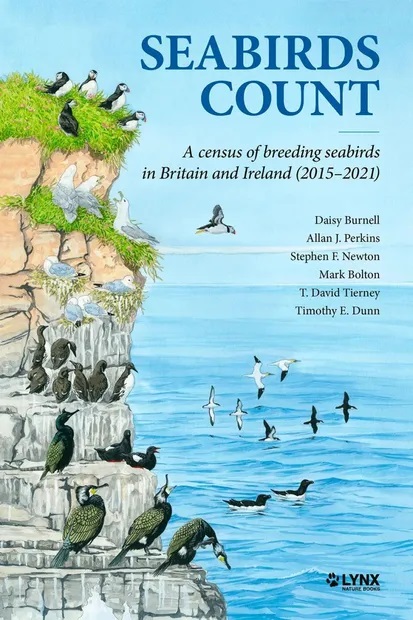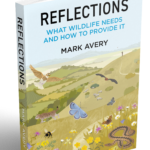
The British Isles provide nest sites for internationally important proportions of the North Atlantic biogeographical area seabird populations and, for several species, high proportions of global populations. If you want to see large numbers of nesting Manx Shearwaters, Great Skuas and Gannets then this is the place to come. And so it is concerning that many seabird populations have declined in the period between the previous Seabird 2000 counts (in 1998-2002) and these counts (2015-2021). Although, it could be worse, the species of highest international importance have tended to do better than other species.
Do we really know that these figures are right? Yes, we can be quite confident because many seabirds tend to nest in colonies and for most species the same colonies are used from year to year. ‘All’ you have to do is go back to these places and use the same methods to count the birds and you’ll get a good comparison. Clearly, it’s not quite that simple but almost. And clearly it is a major undertaking because many of these locations are difficult to reach and far from places with numerous birdwatchers – so the whole thing takes some organising which is why it takes a few years to do once, and it is repeated roughly every 20 years or so. Coinciding with coronavirus is unhelpful in getting this task done. Seabirds tend to be long-lived and so their numbers don’t fluctuate like those of smaller vertebrates or, perish the thought, invertebrates.
Why have seabird populations changed in the way they have? There are so many reasons that it would be foolish to pretend that it is anything other than a mixed bag and that all of the usual suspects are involved. That’s hardly surprising when one is dealing with ground-nesting and cliff-nesting species, ones that migrate and others that are largely sedentary, species that have narrow and others which have broad diets. The pressures on a chip-stealing, landfill-denied, roof-nesting Herring Gull are rather different from those affecting everybody’s favourite bird, the Puffin – and yet both have declined, one by 41% and the other by 24% (which is which? See page 484, Appendix 9, just before the references).
Climate change is affecting the sizes and locations of marine food supplies and major changes in sea temperatures and seabird numbers out at sea were noticeable in 2023 in a way that was probably unprecedented and may indicate the scale of changes to the marine ecosystem in the pipeline. But more mundane factors are also at play. It’s not just nasty non-native Brown Rats, Black Rats and American Mink that can cause havoc to local seabirds but Otters and White-tailed Eagles can play important roles too.
Highly Pathogenic Avian Influenza has come along and affected seabirds since the end of the survey period covered in this volume and we’ll have to see whether those species apparently most affected, such as Gannets and Great Skuas, decline or recover over the next few years. An optimist would say that in another 20 years HPAI might look like an irrelevant blip. This work, and previous studies, provide a solid baseline against which to assess those changes.
This is an impressive piece of fieldwork carried out by an impressive array of people, some volunteers. The results are clearly presented with tables, graphs and attractive artwork and photographs. These seabirds make the British Isles important globally and so we need to keep a close eye on population changes and annual breeding success, as well as doing a better job of reducing the dangers to these and many other species on land and sea. If the pace of change is accelerating, as I believe it is, then we may need better annual monitoring as well as a repeat of a complete census sooner than in 20 years. Or might we have so many other things on our mind by then?
The cover? Yes, that works, I’d give it 8/10.
Seabirds Count: a census of breeding seabirds in Britain and Ireland (2015-2021) by D. Burnell et al. is published by Lynx Nature Books.

Signed copies of my own book, Reflections: what wildlife needs and how to provide it, are available from me at my talks or by post.
Email [email protected] for details of how to get your copy.
[registration_form]